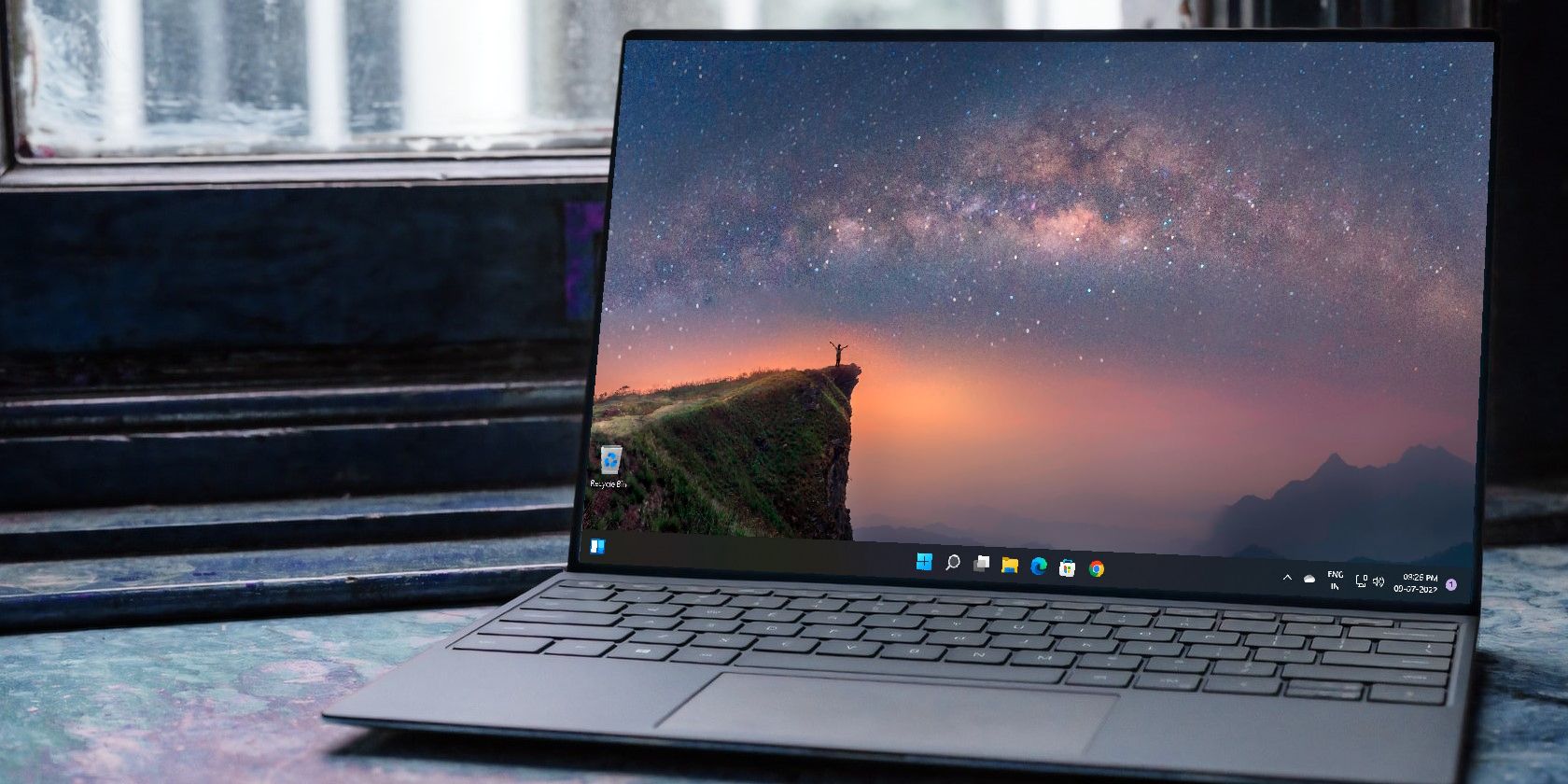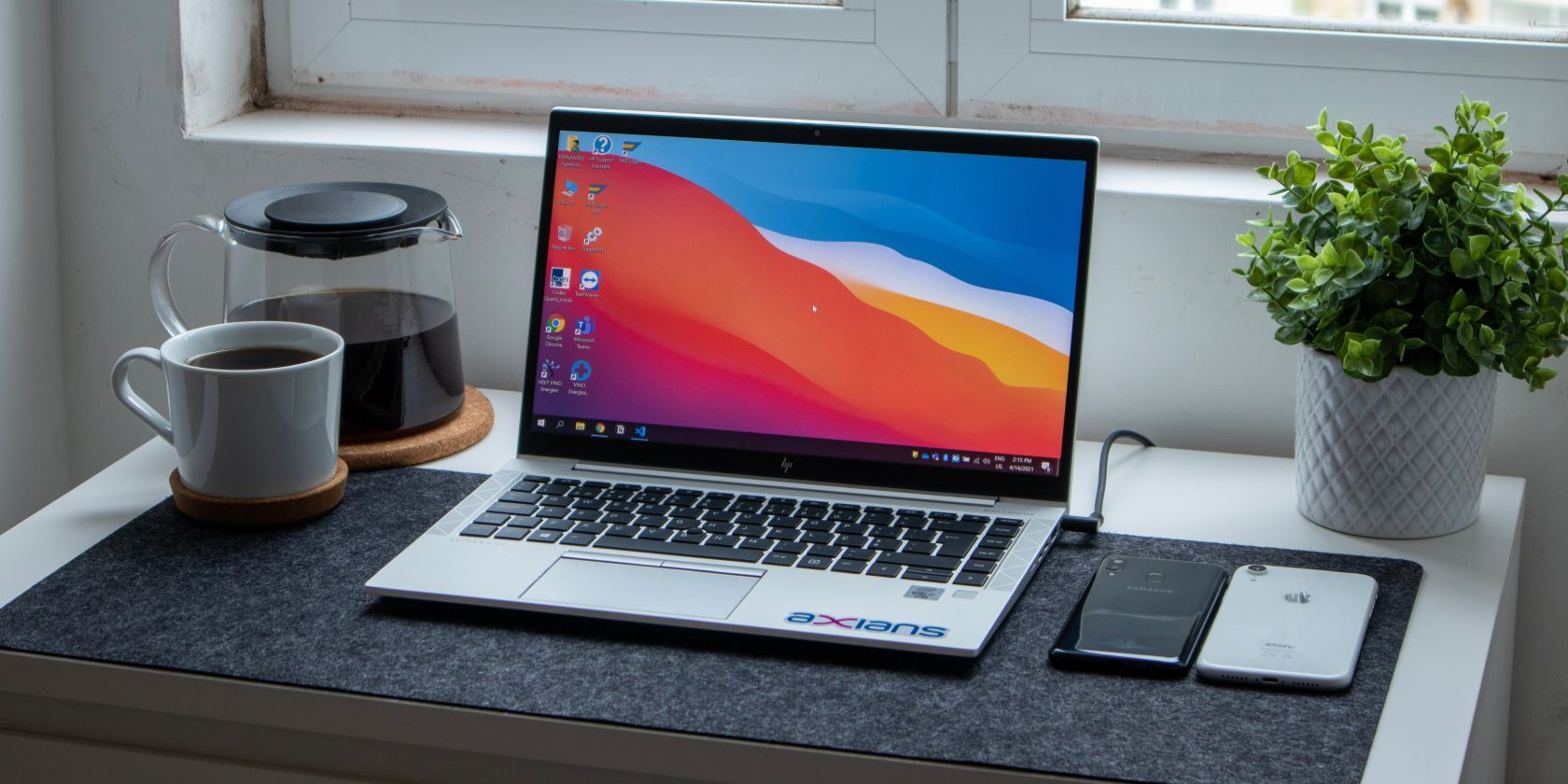On a desktop computer, Intel CPU choices are not that complicated. You just need to memorize a few things. For example, an Intel "K" CPU has an unlocked multiplier and allows overclocking, whereas if it has no suffix, it is locked.
In laptops, though, it's a bit more complicated. You might have seen how laptop chips come with different suffixes, and you're not quite sure what those mean. Knowing the difference can make or break your next laptop purchase.
What's the difference, exactly, between Intel's U, H, and P processors? Which one should you buy?
Why Are Laptop Processors So Much More Confusing Than Desktop Ones?
The reason why there are so many laptop processors compared to desktop ones comes down to the fact that no two laptops are the same. It's also why you cannot just check if the laptop uses an i3 or an i5 and what generation it is because there is so much variation between laptop CPUs.
On desktop PCs, the power consumption for some chips can, and often does, vary wildly. But the design of a PC has remained pretty much the same over the years—it's a big box with a motherboard inside. Depending on the case, there's also ample room for cooling. As such, whenever you see a letter or suffix on an Intel desktop chip, it usually means other things not necessarily related to power consumption or cooling needs. For one, F means it has no integrated GPU, while K means it has an unlocked multiplier.
On laptops, however, you don't have the room a desktop PC has. Even the thickest laptops don't even get close to that. As such, sacrifices need to be made to make it portable, and a balance must be attained between performance, efficiency, and thinness. Depending on how powerful you want a laptop to be, that balance must be met at different points for different laptops.
Therein lies the need to have multiple CPU ranges. Even a few extra watts can make a big difference in thermals on a laptop. Depending on how thin or light you want your laptop and what you'll use it for, you need different chip lineups to serve the needs of everyone successfully. Currently, there are three Intel laptop CPU lines: the U-series, the P-series, and the H-series.
What's the difference between U, P, and H processors, then?
What Are Intel's U Processors?
With that out of the way, if you want a thin and lightweight laptop and mostly use it for work and internet browsing purposes, it'll likely come with a U chip.
U means "ultra-low-power," and that's basically it—they're chips that aren't necessarily the very best in terms of CPU performance, but they're instead low-power designs made with efficiency in mind. They have lower clock speeds, lesser cores, and more importantly, a very low TDP. For example, the Intel Core i7-1365U is rated for 15W and can turbo up to 55W in brief bursts. Some U chips go as low as 9W. These processors can be cooled relatively easily, and depending on the PC's design, they could even be cooled passively.
They're relatively weak chips compared to other offerings from Intel. To attain that ultra-low power consumption, these PCs will take several steps to improve efficiency, such as taking out cores or making them run slower. This ultimately means you'll get reduced performance, but it does the trick for an ultralight laptop.
What Are Intel's P Processors?
Now that you know about U processors, we can discuss the middle-of-the-road option, Intel's P-series. Like the U-series, these are parts found on thin and lightweight laptops. However, power consumption is brought up a bit, and so is performance.
P processors sip a little more power—28W, to be precise. That's almost twice (or even triple!) what a U-series chip requires. As such, power and thermal requirements for these chips are higher, and you'll need beefier cooling. But at this point, nothing would make a thin and light laptop thicker than it should be, and with the right cooling, it shouldn't be a problem.
Whereas you'll normally see U-series processors on laptops between $300 and $600, P processors are present on higher-end "ultrabook" laptops like the Dell XPS 13, which cost north of $1,000. That's because the increased thermal headroom allows Intel to cram better performance on these chips.
What Are Intel's H Processors?
Finally, we're getting to the top of the line. Intel's H processors are largely regarded as the company's enthusiast lineup for laptops, and with good reason.
Unlike the P-line and U-line, the H-lineup is not made to fit into a thin, lightweight laptop. While those chips go up to 28W, an H CPU can go up to a whopping 45W. Granted, that's not even close to a desktop CPU (the Core i9-12900K sips 125W), but for a laptop, that's actually a lot—remember, they have enclosed, tightly-fitted spaces where internal components don't have a lot of room to breathe. That doesn't mean they're not good. In fact, they're pretty much as good as it gets for laptops. You might also find variants of H-series CPUs ending with different letters, such as S or X, but they're technically still H CPUs.
Another advantage H processors have is that they're very close to their desktop counterparts as well. So while the Intel Core i9-13900K is kicking in desktop PCs, the i9-13980HX is instead made only for the very best laptops out there.
Of course, when we say H processors can't fit into thin and light PCs, we mean it. These parts normally go inside gaming-oriented laptops, which are physically larger and thicker than other laptops since they need to be packed with better cooling to compensate for the heat the internals will put out. If you try to put one in an ultra-light PC, it'll thermal throttle over most of its lifespan.
Intel U vs. P vs. H: Which One Should You Get?
It largely depends on how much you're looking to spend on a laptop and what you want to do with it. Intel processors U, P, and H are all great, but for different kinds of users.
As we mentioned, U processors are present on thin laptops with price tags between $400 and $700. These PCs are good for office work, browsing the internet, installing essential programs, and other things without involving games or heavier work. If you want to do heavier work on your PC, you'll probably shift your sights to ultrabooks over $900, which will most certainly, come with a P chip.
Finally, if you buy a gaming laptop, chances are it comes with an H chip if it's Intel-powered.
Different Processors For Different Users
Different Intel laptop chip lineups exist because no two laptop users are alike. Some might not care about performance and prefer a thin laptop that works amazingly for work/studying purposes. Others might want something incredibly powerful, even if it comes at the expense of portability.
Hopefully, now you know the difference.





